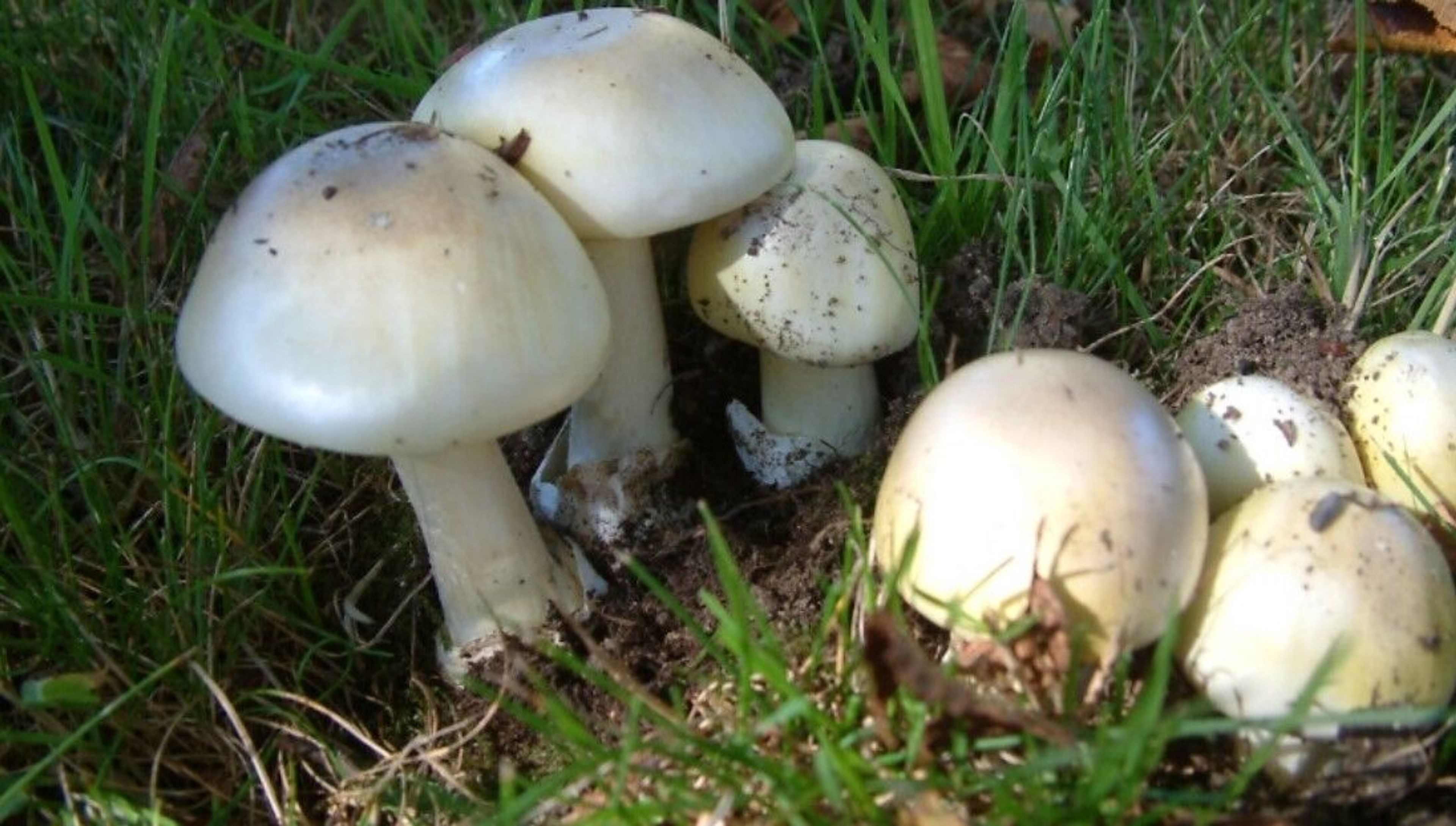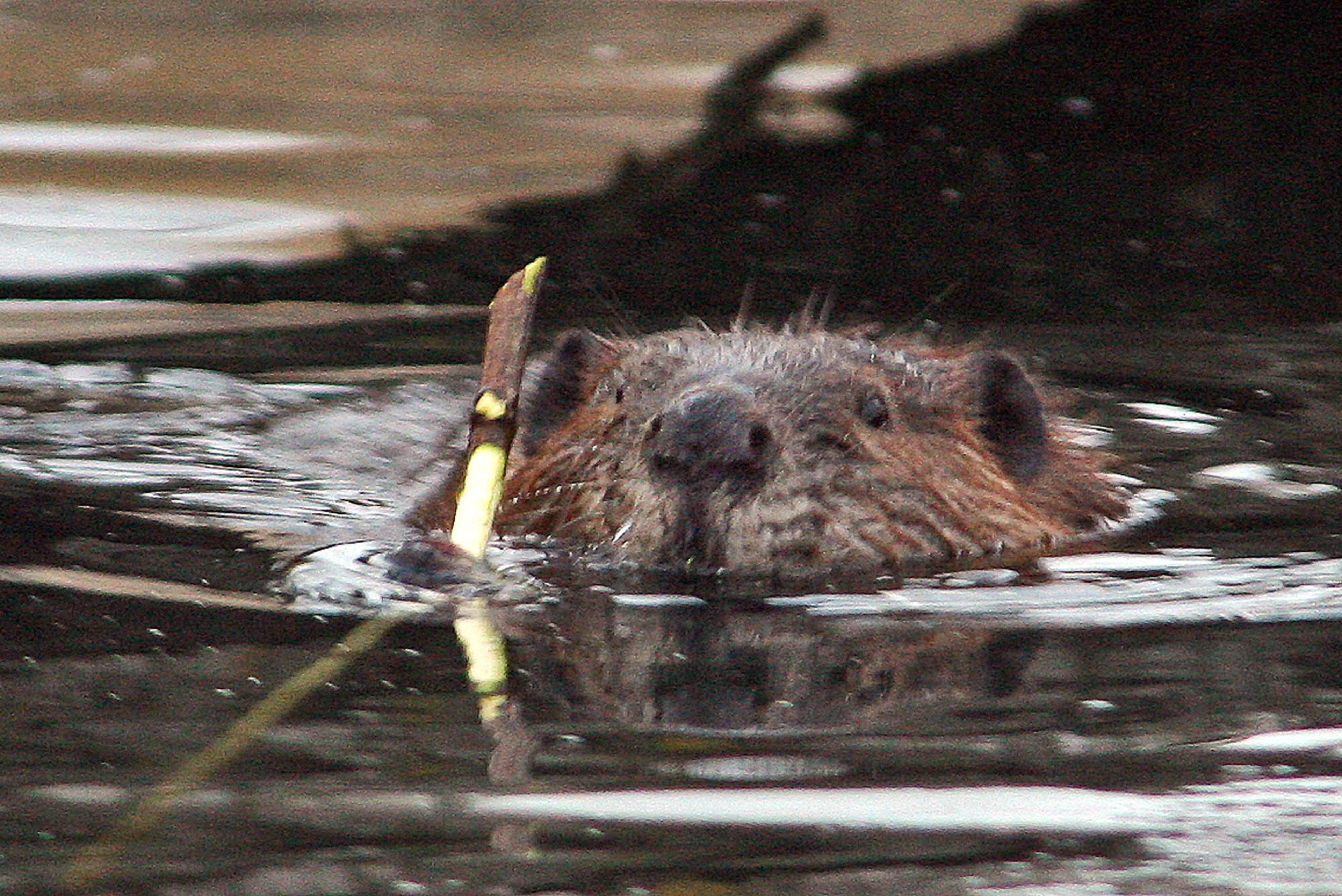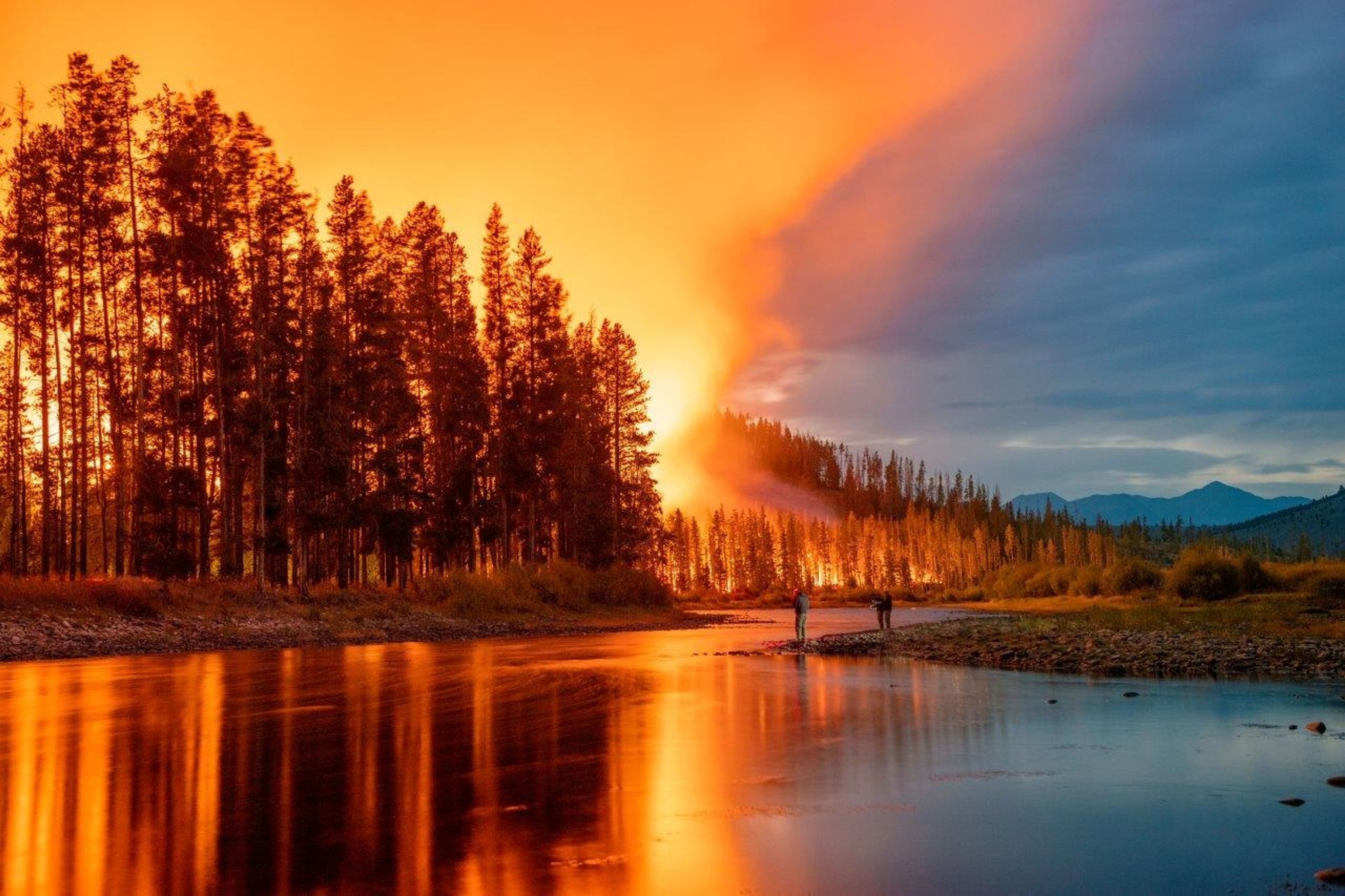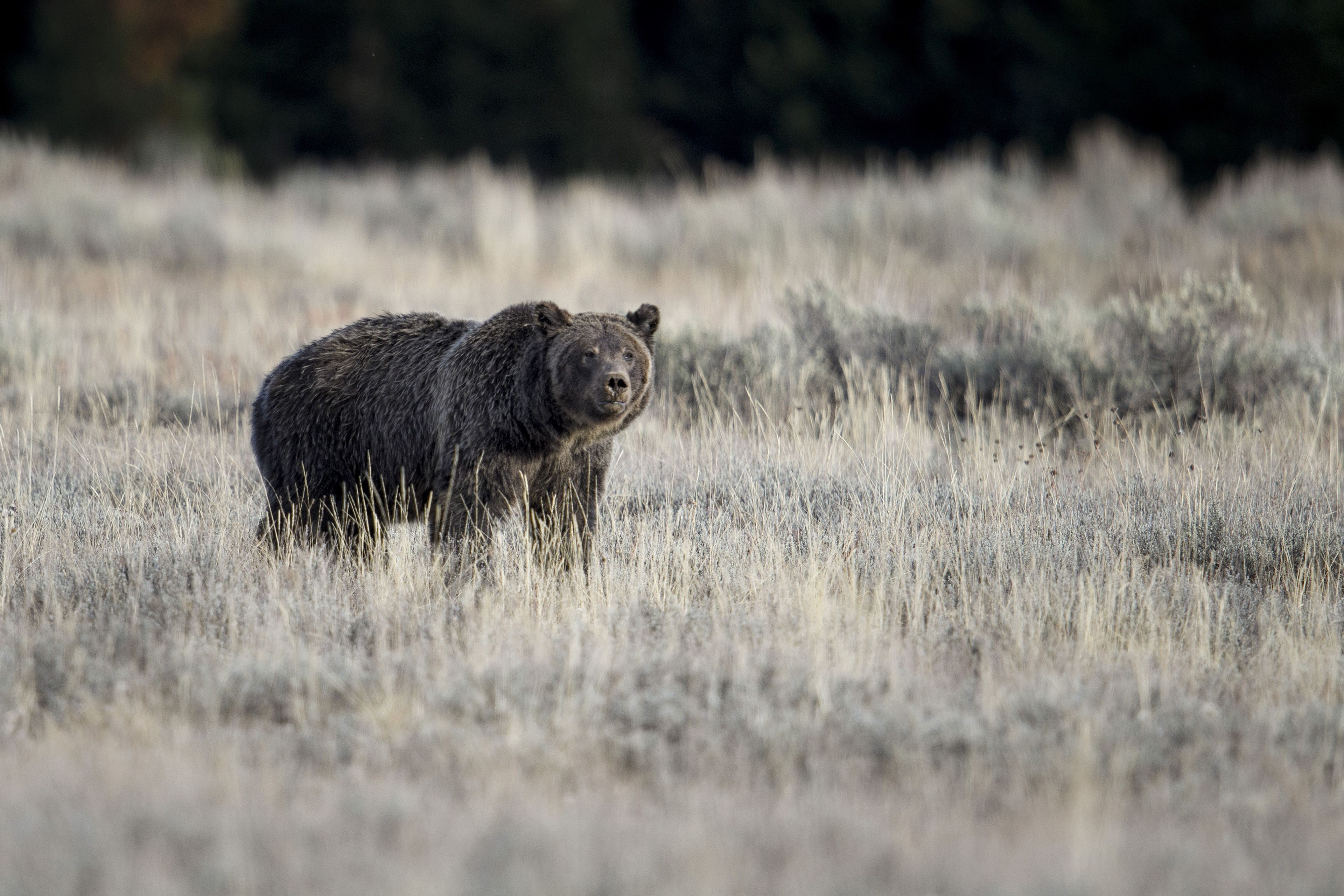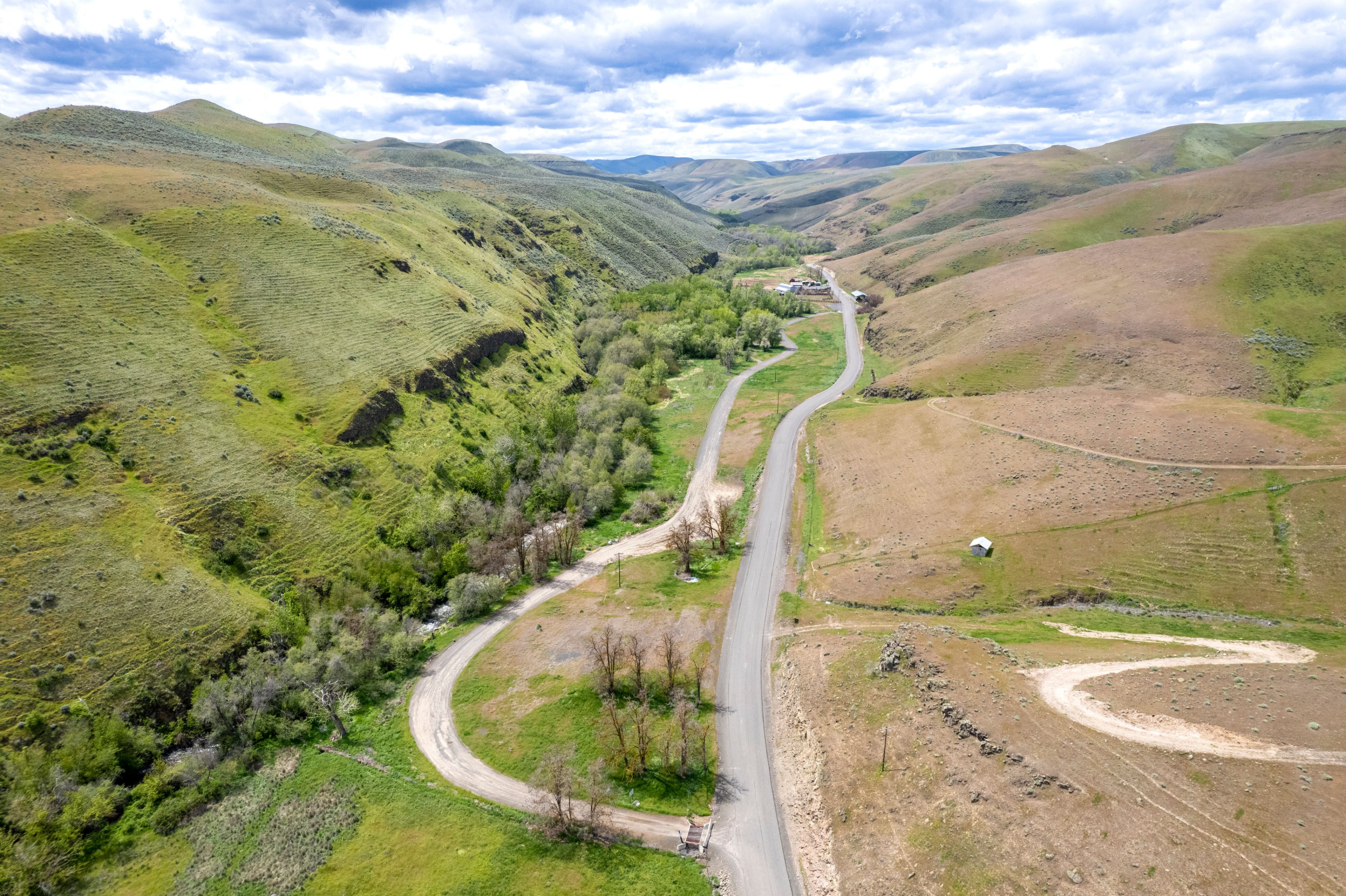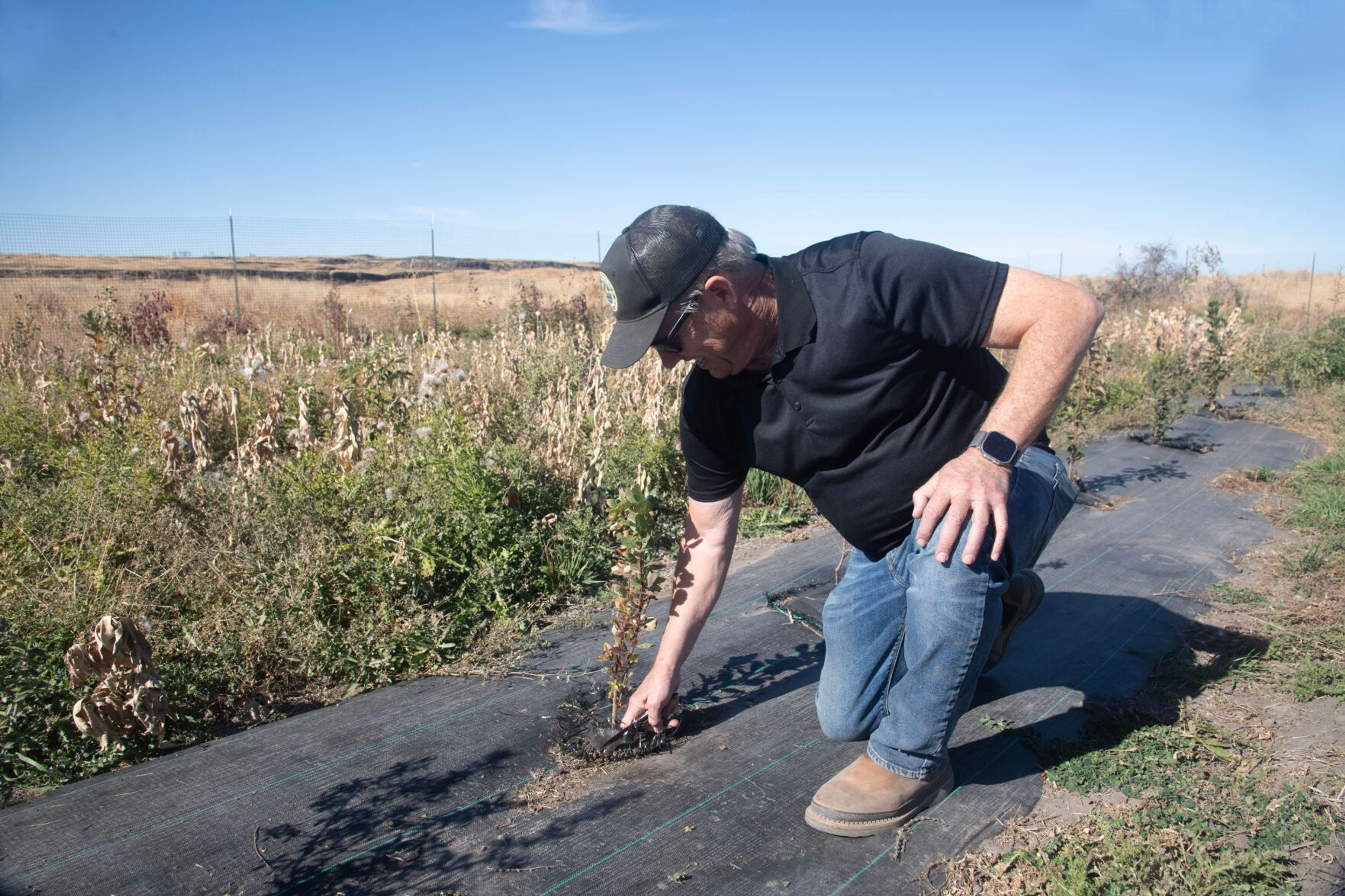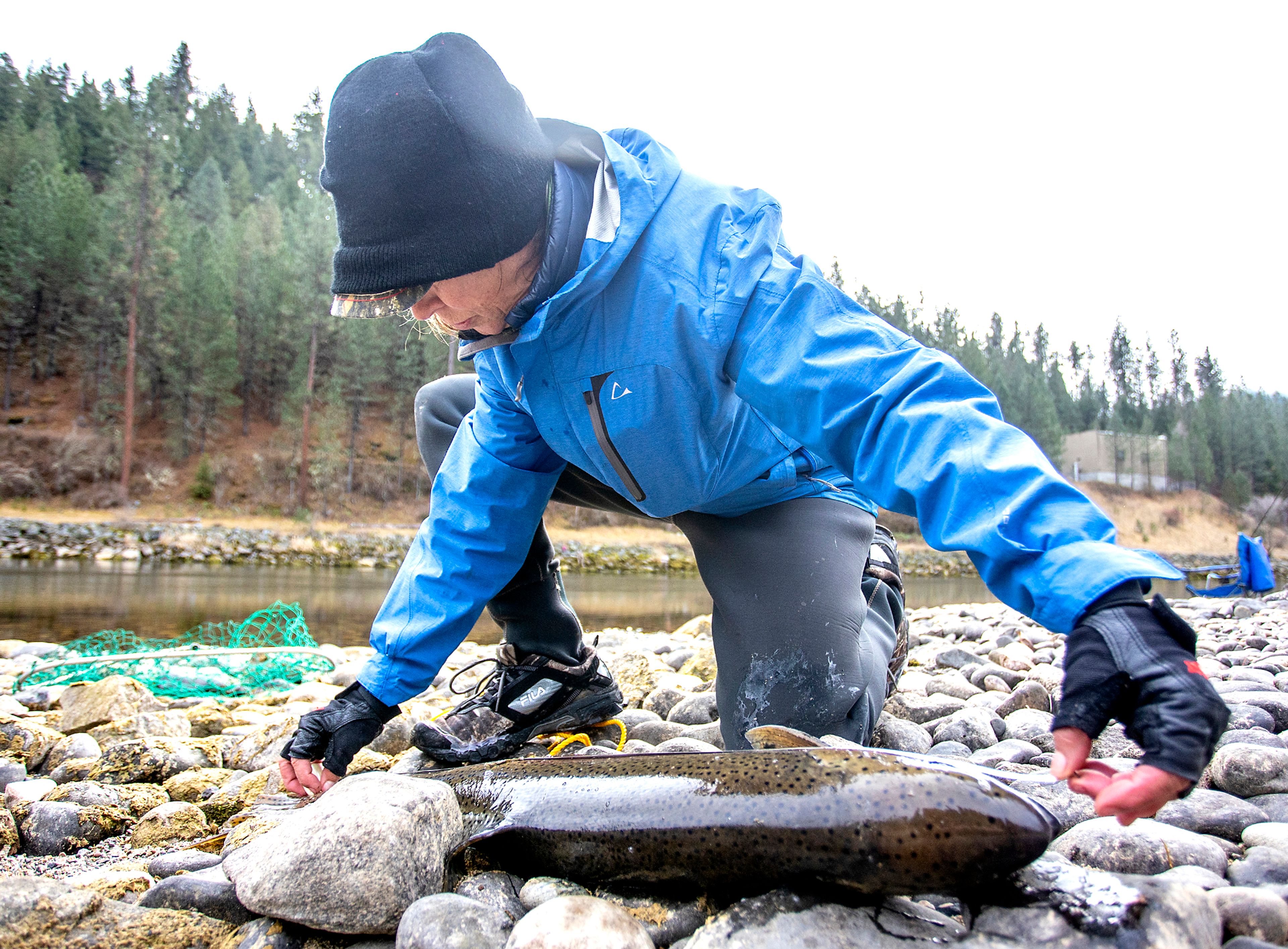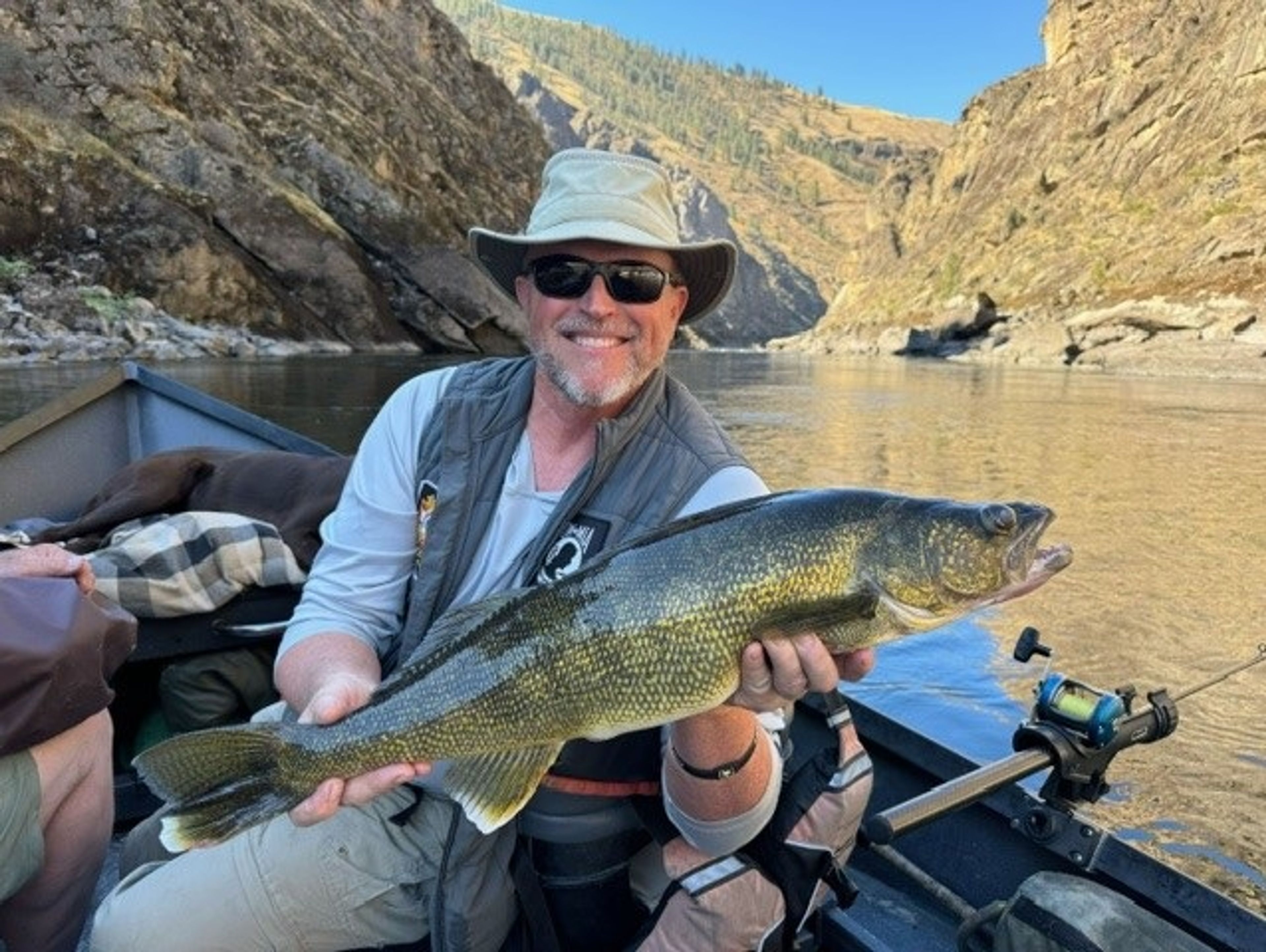Death cap arrives in Idaho
Invasive, poisonous mushroom ID’d in Boise. It was a long time coming, experts say
BOISE — Susan Stacy was taking a walk at an unusual time, on an unusual route, when she spotted an unusual mushroom.
Stacy, who lives in Boise’s North End, had begun walking earlier in the day to avoid the late summer heat last September, changing her route to stroll under the shade trees on Harrison Boulevard. That’s where she saw a greenish, almost metallic mushroom growing under an oak tree.
“I found the mushroom and really didn’t think much of it,” said Stacy, a mushroom enthusiast who has been part of the Southern Idaho Mycological Association for years.
She had come across an Amanita phalloides, a poisonous species also known as a death cap mushroom. Since it was her first time seeing the mushroom, she picked it and took it with her to SIMA’s next meeting. There she realized it wasn’t just the first time she’d seen the species — it was the first time it had been identified in Idaho.
Stacy’s discovery marked the invasive mushroom’s spread inland from the West Coast of the U.S., as well as a potential danger to Idahoans and a new subject for local mycologists to study.
Idaho mycologists long anticipated death cap arrival
Genille Steiner, a former president and current board member for SIMA, said fungi fans have known the death cap mushroom was on its way to Idaho for some time.
The mushrooms, which are native to Europe, came to the U.S. in the early 1900s when their mycelium — tiny fungal threads — hitched a ride on imported Scotch pines. Those trees established death cap populations on the East and West coasts, which have slowly spread inward to places like Boise on the roots of nursery trees.
“It takes anywhere from 60 to 75 years or so for the mycelium to develop and conditions to be right to fruit,” Steiner told the Idaho Statesman.
Though Steiner and other mycologists were anticipating the death cap’s arrival, Stacy said some SIMA members didn’t believe her discovery at first. She preserved one of the death caps and took it to a SIMA meeting, where she set it on a table for a kind of show-and-tell. She excitedly told another member what she’d brought.
“I said, ‘Guess what? I’ve got an Amanita phalloides over there,’ and he said, ‘No you don’t, we don’t have those in Idaho,’ “ Stacy said. “He walked over (to look at the mushroom) and I heard, ‘Oh my God, it’s an Amanita phalloides.’ “
Several members of the club were confident in Stacy’s identification, and club member Mickey Myhre, a local pathologist, decided to sequence the mushroom’s DNA to be sure. It took several attempts — but in February, Myhre matched Stacy’s sample to the death cap genome with 99.8% accuracy.
Stacy said she continued to see death cap mushrooms during her walks along Harrison Boulevard and on neighboring streets, always under oak trees and typically on well-watered lawns. The mushrooms typically have a yellowish or olive-colored cap (though it can sometimes be white) and a distinctive sac at the base of their stem.
Stacy said she plans to further canvass the area this summer to learn more about where the mushrooms crop up — if they do at all — and under what conditions.
“It’s an inquiry, and we get to be citizen scientists,” Stacy said. “I think it’s great that we have a chance to learn something new in the world of mycology.”
Death caps dangerous if ingested
Earlier this month, the Idaho Department of Health and Welfare issued a news release about the death cap discovery, warning that the mushrooms may be present in other parts of Boise or across Idaho. Though they’re safe to touch, ingesting death cap mushrooms is fatal.
“Death cap mushrooms are highly poisonous and cause most deadly mushroom poisonings worldwide,” Health and Welfare officials said.
According to the agency, it only takes ingesting half of the mushroom’s cap to fatally poison an adult. The death cap is also fatal to dogs.
Within a few hours, people will experience intense vomiting and diarrhea. After a period of respite, symptoms of organ failure — such as jaundice, weakness and coma — precede death.
If medical attention is sought early on, people can be treated and potentially survive.
“If you or your child has eaten an unidentified wild mushroom, call the poison center at (800) 222-1222 right away, call your health care provider, or to go the emergency room,” Health and Welfare said in its release.
If pets ingest an unidentified mushroom, call the ASPCA Animal Poison Control Center’s 24-hour hotline at (888) 426-4435, or take the pet to a veterinarian immediately.
Steiner said people should take care to properly dispose of the mushrooms if they find them. Death caps should be fully removed and put in a trash bin.
“Dig them out, don’t mow them,” Steiner said. “Don’t compost them.”
Though Idaho is home to many edible mushroom species, Steiner said it’s best to avoid eating any wild mushroom unless you can identify it with 100% certainty.
